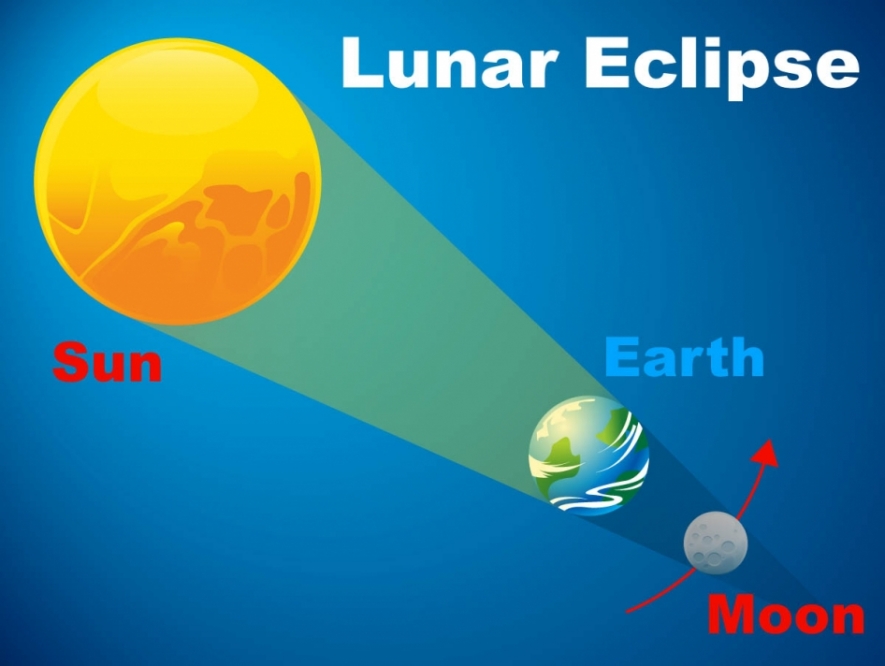After 7.15 pm with the moon entering into the penumbra - the less dark shadow of the Earth, no eclipse would be visible except little dimming of the moon light. The eclipse ends at 8.29 p.m. with the moon leaving the penumbral part of the eclipse, Prof. Chandana Jayaratne of the Physics Department, University of Colombo says.
The total eclipse will be visible to people in parts of North America, New Zealand and Australia and eastern Asia.
The full eclipse lasting for less than five minutes is considered the shortest lunar eclipse of the 21st century, according to Prof. Jayaratne.




















